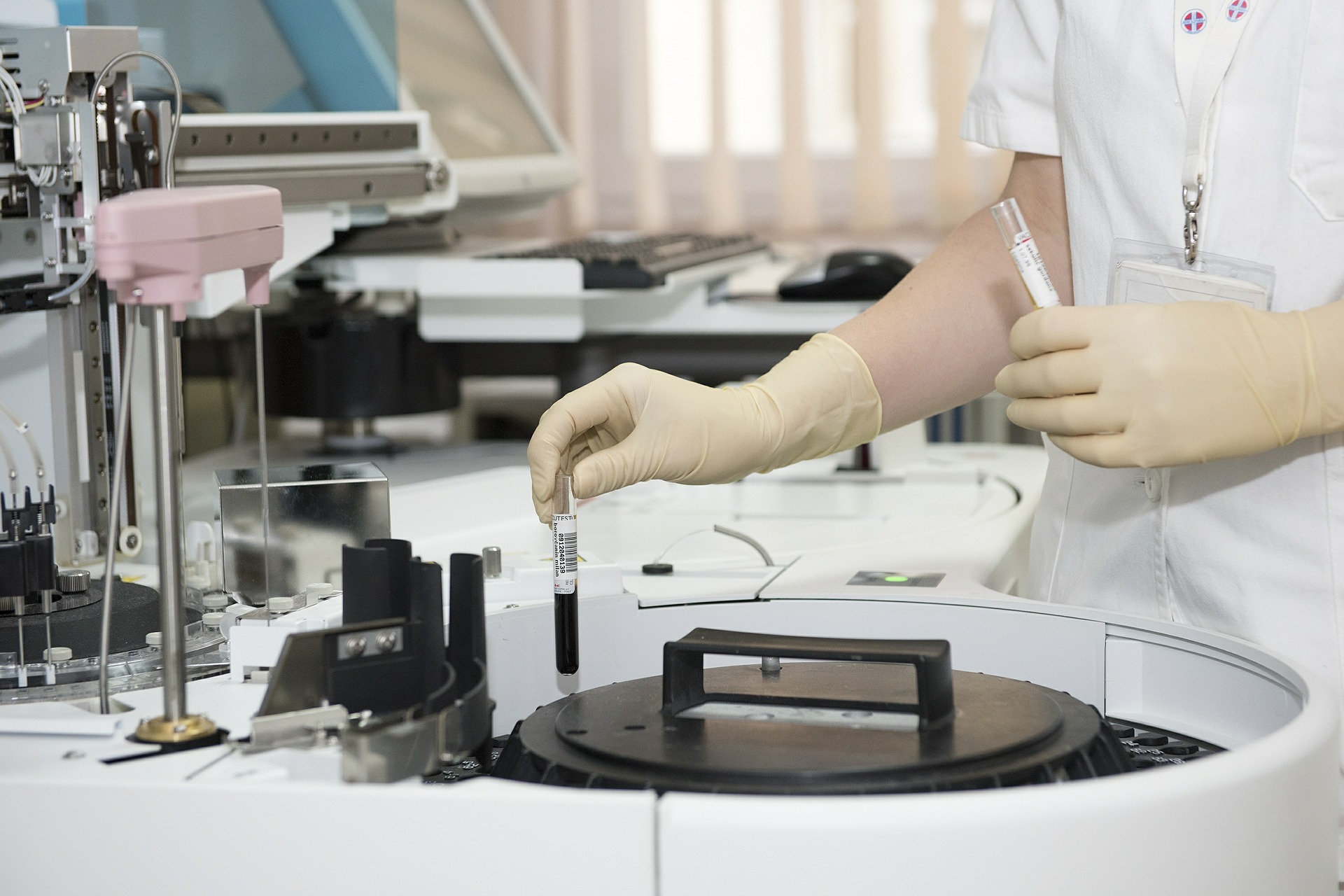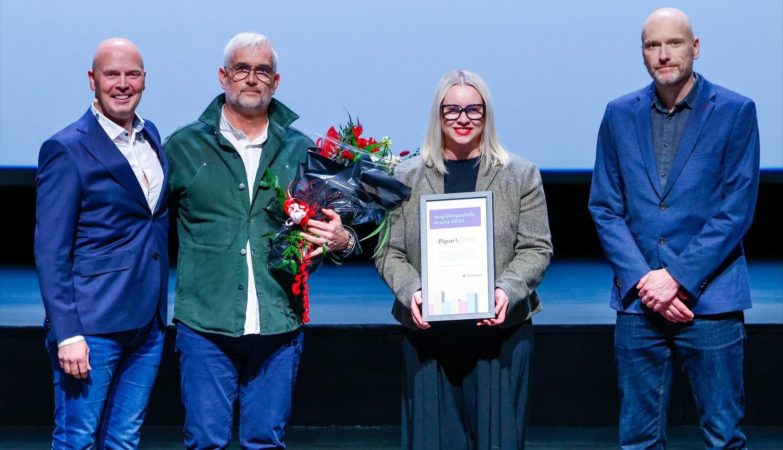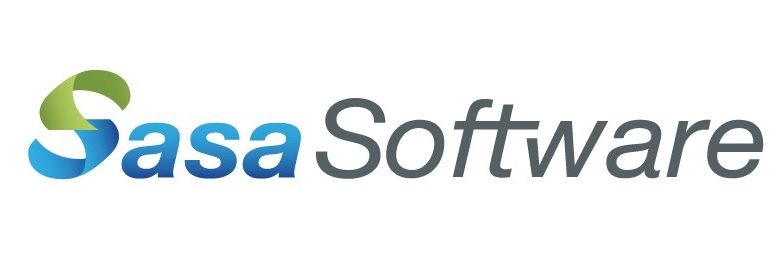Cellectricon AB, a collaborative research organization dedicated to advancing drug discovery and research in the areas of chronic pain and CNS diseases, today announced the launch of a novel assay platform for in vitro neurodegenerative disease research. The platform, based on a patent-pending microfluidics technology, has been developed over the past two years in collaboration with a leading pharmaceutical company.
“The propagation of neurodegenerative disease associated peptides (NDAPs), such as tau and alpha-synuclein, within the brain is considered to be one of the major pathological mechanisms in progressive neurodegenerative diseases such as Alzheimer’s and Parkinson’s disease”, said Dr. Sebastian Illes, Director of CNS Research at Cellectricon. “With our new platform, we can model these neuropathological processes and we have the capacity and robustness to allow screening and profiling of larger compound sets in the search for molecules preventing prion-like spreading of NDAPs in neuronal circuits. We believe this will provide many new opportunities for the development of highly differentiated therapeutics for several neurodegenerative diseases.”
Cellectricon has successfully supported pharmaceutical companies and academic institutions for over five years with assay development, screening and preclinical compound validation for their pain and CNS disease projects. With the launch of its new assay platform, Cellectricon has significantly expanded the research opportunities available to customers working on progressive neurodegenerative diseases.
“We are extremely pleased to add this assay platform to our portfolio as it enables us to extend our services offering to encompass neurodegenerative disease research”, said Dr Mattias Karlsson, Cellectricon’s CEO. “With our new and patent-pending assay platform, we can create highly relevant, complex disease models and innovative assays for functional and morphological screening, and we are looking forward to discussing the new research possibilities that it opens up with delegates at Neuroscience in San Diego.”







